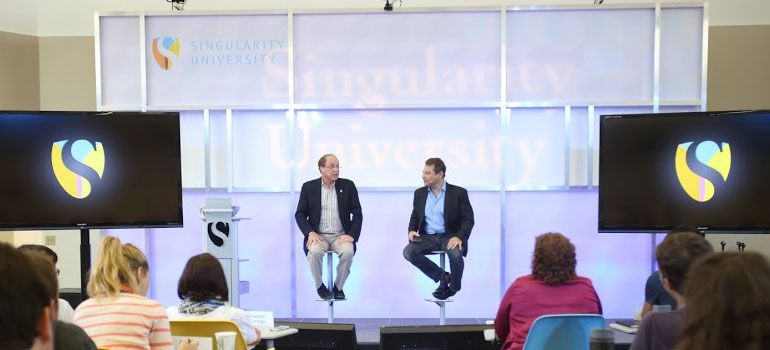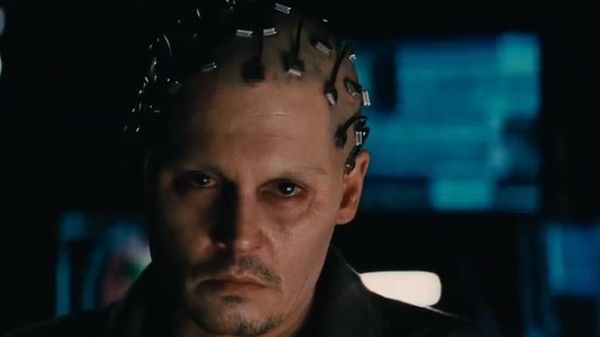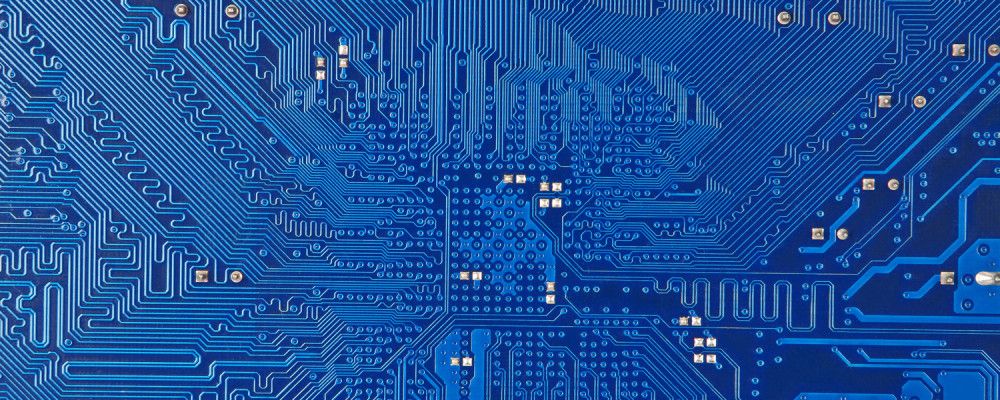The University of British Columbia One year ago, Tamara Etmannski became the first Canadian Global Impact Competition winner. The award earned her a scholarship to take part in a 10-week program at Silicon Valley’s Singularity University — a non-accredited institution that aims to solve the world’s greatest challenges through technology. The university was founded by tech legends Peter Diamandis, of the X PRIZE Foundation, and Ray Kurzweil, of Google.
One year ago, Tamara Etmannski became the first Canadian Global Impact Competition winner. The award earned her a scholarship to take part in a 10-week program at Silicon Valley’s Singularity University — a non-accredited institution that aims to solve the world’s greatest challenges through technology. The university was founded by tech legends Peter Diamandis, of the X PRIZE Foundation, and Ray Kurzweil, of Google.
Etmannski, now a UBC Faculty of Applied Science lecturer, is helping develop a new Masters of Engineering Leadership program, tied to the Sauder School of Business. As the second Canadian Global Impact Competition heats up — the winner will be announced April 2 — Etmannski explains how her experience at Singularity University transformed her thinking, and what engineering and business can teach each other.
Read More

 One year ago, Tamara Etmannski became the first Canadian Global Impact Competition winner. The award earned her a scholarship to take part in a 10-week program at Silicon Valley’s Singularity University — a non-accredited institution that aims to solve the world’s greatest challenges through technology. The university was founded by tech legends Peter Diamandis, of the X PRIZE Foundation, and Ray Kurzweil, of Google.
One year ago, Tamara Etmannski became the first Canadian Global Impact Competition winner. The award earned her a scholarship to take part in a 10-week program at Silicon Valley’s Singularity University — a non-accredited institution that aims to solve the world’s greatest challenges through technology. The university was founded by tech legends Peter Diamandis, of the X PRIZE Foundation, and Ray Kurzweil, of Google.


 In my new book
In my new book 







